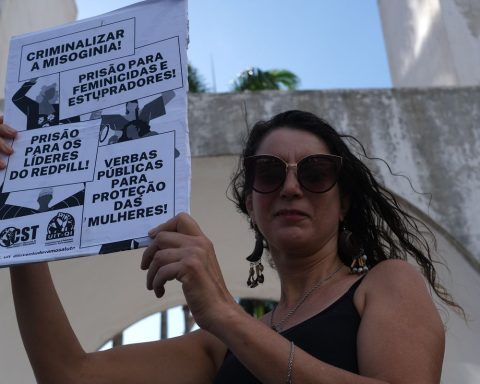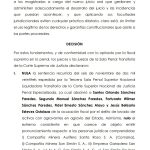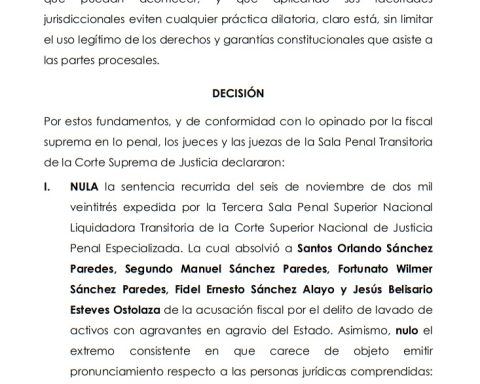Residents of at least two northeastern cities, almost 700 kilometers away, were surprised by small earthquakes this Saturday (19).
Although they were captured by the Seismological Laboratory of the Federal University of Rio Grande do Norte (LabSis-UFRN), the earthquakes were of low intensity and did not cause major damage.
A first earthquake was registered in the region of Curaçá, in the north of Bahia, around 5 am yesterday. Based on data from its seismographic stations, LabSis calculates that the earthquake reached a preliminary magnitude of 2.1 on the Richter scale (mR).
The second seismic event confirmed by LabSis-UFRN this Saturday took place in the region of Canindé, in northern Ceará, about 100 kilometers from Fortaleza. At around 9:33 pm, the residents of Canindé felt the earthquake that the potiguar laboratory calculates to have reached 2.4 mR.
According to experts, low-intensity tremors such as those recorded yesterday in Curaçá and Canindé are frequent, even in Brazil, and most of the time, the population does not even notice the tremors caused by the continuous process of accommodation of the rocks that form the Earth’s crust.
In Canindé, for example, a 1.8 mR earthquake had already occurred on the 10th. In addition, in the early hours of yesterday, the Brazilian Seismographic Network recorded two events of similar magnitudes in Divinópolis (MG) – a city where, since the At the beginning of this year, at least 36 similar events have already been recorded.
“Earthquakes of this order of magnitude occur with a certain frequency in the country, mainly in the Northeast region, given the local characteristics”, he explained to the Brazil Agency geophysicist Eduardo Menezes, from LabSis-UFRN.
“Usually, these events are caused by the existence of geological faults. And their effects, especially emotional ones, are more felt when earthquakes occur close to urban areas”, added the expert, noting that, eventually, small-intensity tremors can cause some structural damage to buildings, especially if they are repeated in a short space. of time.
“The big problem is the repetition in a short period of time, as we have observed in Canindé, where, this month alone, we have already registered six similar events, perceived by the population.”















